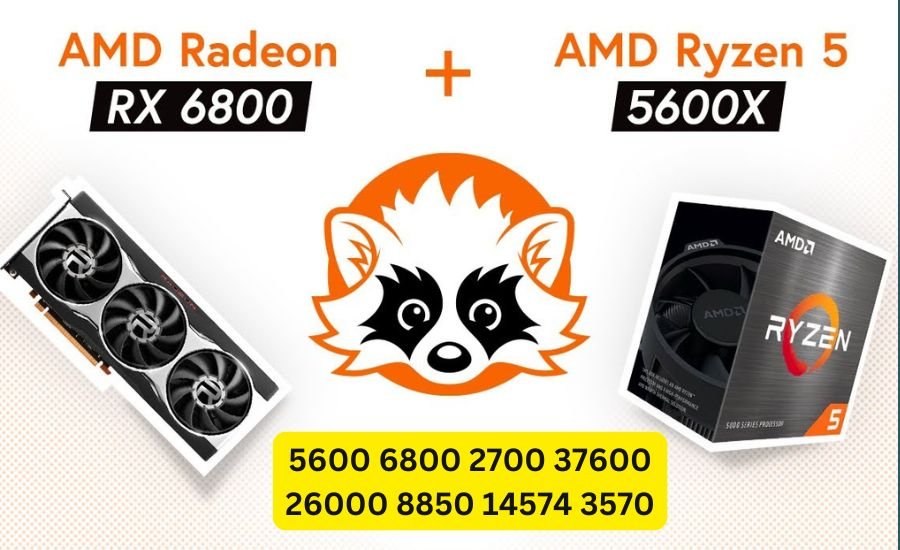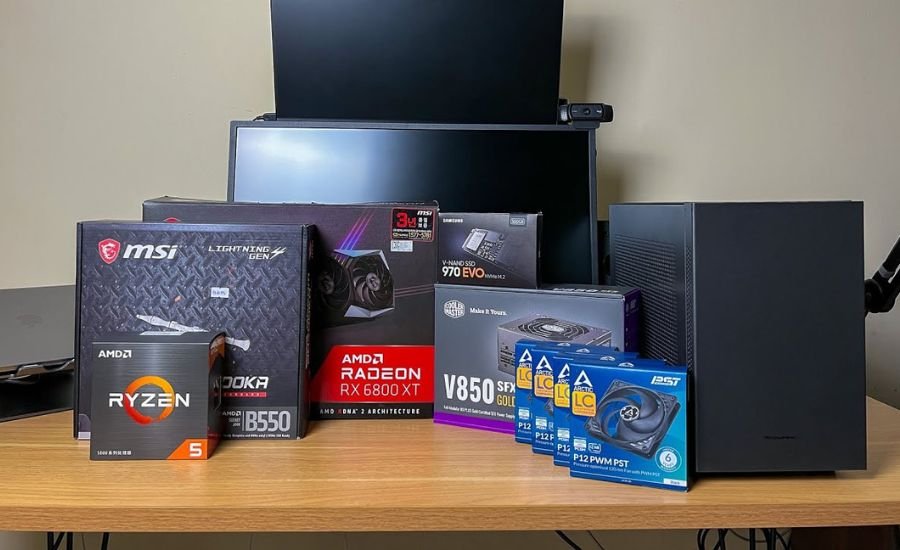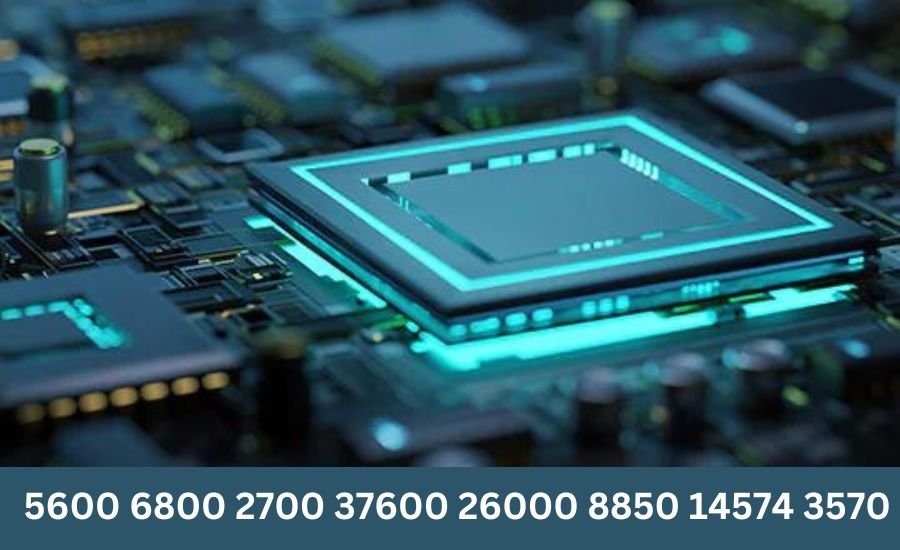In the tech world, numerical model numbers can be both informative and perplexing. From CPUs to GPUs, these numbers help identify and differentiate various tech products. This guide will delve into the meanings behind the model numbers such as 5600, 6800, 2700, 37600, 26000, 8850, 14574, and 3570. By decoding these numbers, you’ll gain a clearer understanding of what these tech components offer and how to choose the best ones for your needs.
Decoding the Numbers: What Do They Really Mean?

Understanding tech model numbers can be crucial for making informed decisions about your hardware. Here’s a breakdown of what these numbers might indicate:
CPUs (Central Processing Units)
- 5600: This number typically refers to AMD’s Ryzen 5 5600X. It’s a mid-range processor known for its strong performance in gaming and everyday tasks.
- 2700: This is likely referring to the AMD Ryzen 7 2700. It’s a high-performance CPU suitable for both gaming and demanding applications.
GPUs (Graphics Processing Units)
- 6800: This model number often denotes the AMD Radeon RX 6800. It’s a high-end graphics card designed for gaming at high resolutions and settings.
- 8850: This number might refer to a model in the NVIDIA GeForce GTX 8850 series, which targets budget-conscious gamers looking for decent performance.
RAM (Random Access Memory)
- 37600: This could be a part of a product code indicating high-speed RAM, though it’s less common. Typically, RAM model numbers include speed and type, such as DDR4-3200.
- 26000: Similar to 37600, this number might refer to a high-capacity or high-speed RAM module. Check specific product details for exact specifications.
Other Components
- 14574: This could indicate a specific model of tech component, such as a motherboard or SSD, with features suited for various tasks.
- 3570: This often refers to the Intel Core i5-3570, a processor known for solid performance in both gaming and productivity tasks.
Price-to-Performance Ratio: Getting the Most Value
When selecting tech components, it’s crucial to consider the price-to-performance ratio. This ratio helps determine if you’re getting good value for your money.
Budget-Friendly Options
For those on a budget, components like the AMD Ryzen 5 5600X offer great performance without breaking the bank. Similarly, GPUs such as the NVIDIA GeForce GTX 8850 can provide satisfactory gaming experiences at a lower cost.
Premium Choices
If you’re willing to spend more for top-tier performance, consider high-end models like the AMD Radeon RX 6800 or the Intel Core i7-2700. These components deliver superior performance, especially in demanding tasks like high-resolution gaming or content creation.
Read more: Ascentchat-site
Comparative Analysis: Choosing the Right Component

To choose the right component, compare different models based on their specifications and benchmarks:
Performance Benchmarks
- Clock Speed: Higher clock speeds usually mean faster performance. For CPUs, a higher clock speed can result in quicker processing times.
- Core Count: More cores can enhance multitasking and performance in applications designed to utilize multiple threads. For example, the Ryzen 7 2700 has more cores compared to the Ryzen 5 5600X.
Benchmark Scores
Utilize benchmark scores to gauge performance. Tools like Cinebench for CPUs and 3DMark for GPUs can provide a comparative measure of how different models perform in real-world scenarios.
Upgrading Your Tech: What to Consider
When upgrading components, ensure compatibility and future-proofing:
Compatibility Issues
- Motherboard and Socket Types: Ensure new CPUs or GPUs fit your motherboard’s socket type. For instance, upgrading to a higher-performance CPU like the Ryzen 7 2700 might require a new motherboard.
- Power Supply Requirements: Check if your PSU can handle the power requirements of new components, such as a high-end GPU like the RX 6800.
Future-Proofing
- Long-Term Relevance: Opt for components that will remain relevant and performant over the years. Investing in high-end models like the Intel Core i7-37600 or Radeon RX 6800 can help you avoid frequent upgrades.
Conclusion
Understanding model numbers such as 5600, 6800, 2700, 37600, 26000, 8850, 14574, and 3570 helps you make informed decisions about tech components. By decoding these numbers and evaluating the price-to-performance ratio, you can choose components that meet your needs and budget. Whether you’re looking for a budget-friendly option or a high-end upgrade, understanding these model numbers will guide you in optimizing your tech setup.
FAQs
Q: What do the numbers like “5600” or “6800” typically represent in tech products?
A: These numbers often indicate specific models within a product line, reflecting the performance tier and features. For instance, “5600” might be a mid-range CPU, while “6800” could denote a high-end GPU.
Q: How can I determine if a component like the “5600” CPU is compatible with my system?
A: Check the socket type and chipset of your motherboard to ensure compatibility. Additionally, consider other factors like RAM compatibility and power supply requirements.
Q: What is the significance of model numbers like “8850” and “14574”?
A: These numbers usually represent specific features or performance levels within a product line. For example, “8850” might refer to a GPU model, while “14574” could indicate a high-end version of another tech component.
Q: How do benchmark scores help in choosing the right component?
A: Benchmark scores provide a comparative measure of performance, helping you gauge how different models perform in various tasks. Higher scores generally indicate better performance.
Q: Can I upgrade to a “37600” CPU without changing other components?
A: It depends on your current system’s compatibility. Upgrading to a “37600” CPU might require a new motherboard if the socket type differs. Ensure your power supply and cooling system are also adequate for the upgrade.
Stay informed with the latest news and updates on viralzee.com


